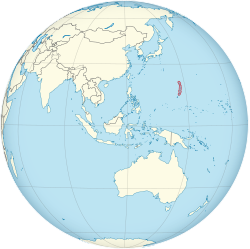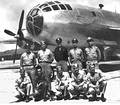US Naval Base Marianas | |
|---|---|
 Location of the Northern Mariana Islands (circled in red) | |
| Time zone | UTC+10:00 (ChST) |

US Naval Base Marianas was a number of United States Navy bases in the Mariana Islands in the Pacific Ocean's Micronesia. Most were built by the US Navy Seabees, Naval Construction Battalions, during World War II. Naval Base Guam was lost to the Empire of Japan during the Battle of Guam in December 1941. Guam was retaken by United States Armed Forces on July 21, 1944, now also known as Liberation Day. Naval Station Guam was founded on August 7, 1899, after Spain lost the Spanish–American War.
















